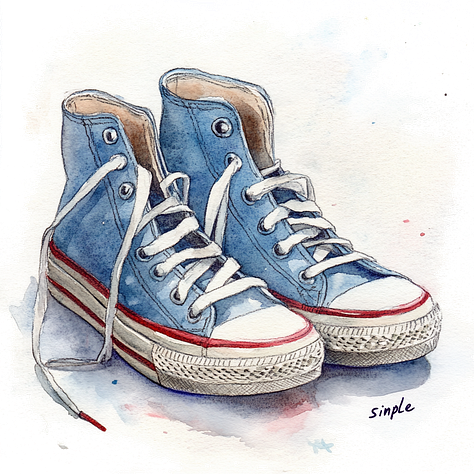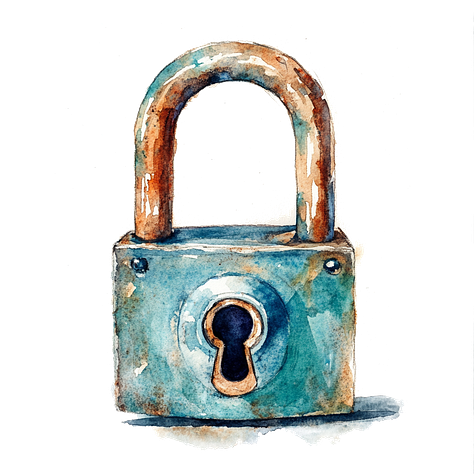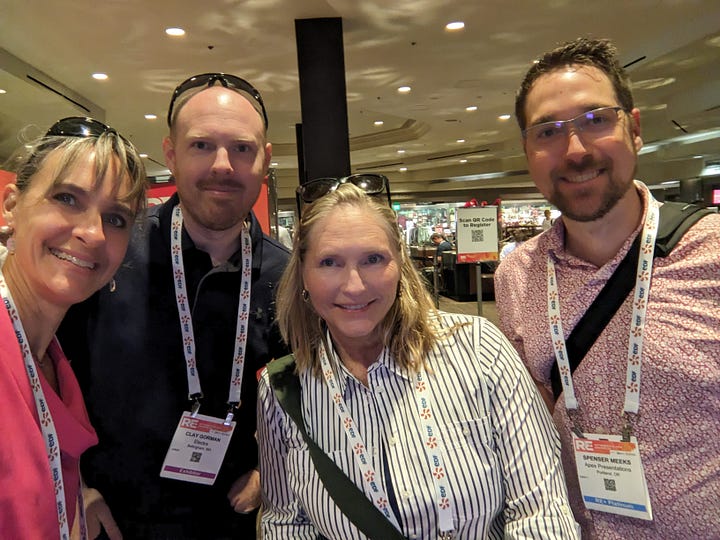Tricks to Memorize Your Pitch (Even If You're an Introvert)
How I Created a “Pitch Map” That Helped Me Nail the Biggest Presentation of My Life
I thought people would think I was crazy when they saw what I made. It looked more like a preschool art project than a pitch prep tool. But this colorful, chaotic diagram—what I now call my “Pitch Map”—got me through one of the most high-pressure moments of my life: the final pitch for the DOE’s American-Made Solar Prize.
It was my last shot.
Ten of us had been selected to present our startups on a national stage in front of Department of Energy judges and whoever else wandered by from the 40,000 attendees.
Everything we'd built came down to this 5-minute moment.
The Problem: My Brain Doesn’t Do Memorization
With help from my all-star pitch coach Spenser (Apex Presentations) and communications wizard Cassie Decker, we crafted a pitch that was tight, impactful, and—on paper—perfect.
But memorizing it? That’s where I hit a wall.
I stumbled. I blanked. I went off-script.
Every time I rehearsed, I’d lose my place or run out of time. For someone who’s more comfortable behind the scenes than on stage, this was an introvert’s nightmare.
The Breakthrough: Visual Memorization
After frantically googling for techniques, I stumbled across a visual storytelling trick. The idea was simple:
Turn every line of your pitch into a picture.






It sounded absurd, but I gave it a try—and it worked.
I turned my script into a winding map of images, each one sparking a memory.
A pair of sneakers meant “simple.” A diamond and glasses? “Valuable insights.” A blue pill? Don’t ask—just know that it meant “viability,” and it worked.
The more personal and weird the image, the better.
How to Build Your Own “Pitch Map”
Break down your script line by line.
Assign a distinct image to each line or phrase. Go weird. Go wild.
Use Canva, Photoshop, PowerPoint, or crayons—whatever works for you—to place your images in a flow across the page. I laid mine out like a snake trail, zigzagging from top left to bottom right.
Color-code or add text where you need extra cues.
Print it out. Keep it on you. Practice until you don’t need it.
The key isn’t just the visual—it’s the act of making it.
You’re encoding the pitch into your brain as you build the map. No AI can do that part for you (and honestly, it wouldn't work if it did).
Practice Makes (Almost) Perfect
I practiced everywhere. On the shuttle. In the airport. In the Airbnb before my team arrived. I tested myself at night and while brushing my teeth. Then I started recording. Then performing. First alone, then in front of my team, over and over.
They timed me, tweaked my pacing, gave feedback on gestures and tone.
I probably said the same five-minute story 100 times.
By pitch day, I had that map burned into my brain. I still carried it with me on stage, but I didn’t need it. It was my safety net—and I flew without it.


The Day Of: No Lions, Just Heart
Walking onto that stage felt like running at a herd of angry lions.
But the lions weren’t real. The fear was.
And I did it anyway.
In hindsight, I’d give myself more time—at least a full week after finishing the script to build and use the Pitch Map.
But otherwise? I wouldn’t change a thing.
Want to Try It?
If you’ve got a big moment coming up—a pitch, presentation, or even a wedding toast—try the Pitch Map.
Use AI to find your images, sketch, or scrapbook them - whatever you prefer.
It doesn’t matter if it makes sense to anyone else.
It’s your secret code.
Let me know if you try it. I’d love to see your map—and hear your story.




This will be such a valuable tool for anyone who wants and/or needs to give a presentation, to others. Useful for people of all ages, and skill levels. I can still remember the "fear" I had in elementary school before I had to tell my class about what I did on vacation.
It would have helped me throughout life to have creative tools for expressing valuable information while teaching, or just ways to make a real impact on others so they remember you, and what you said.